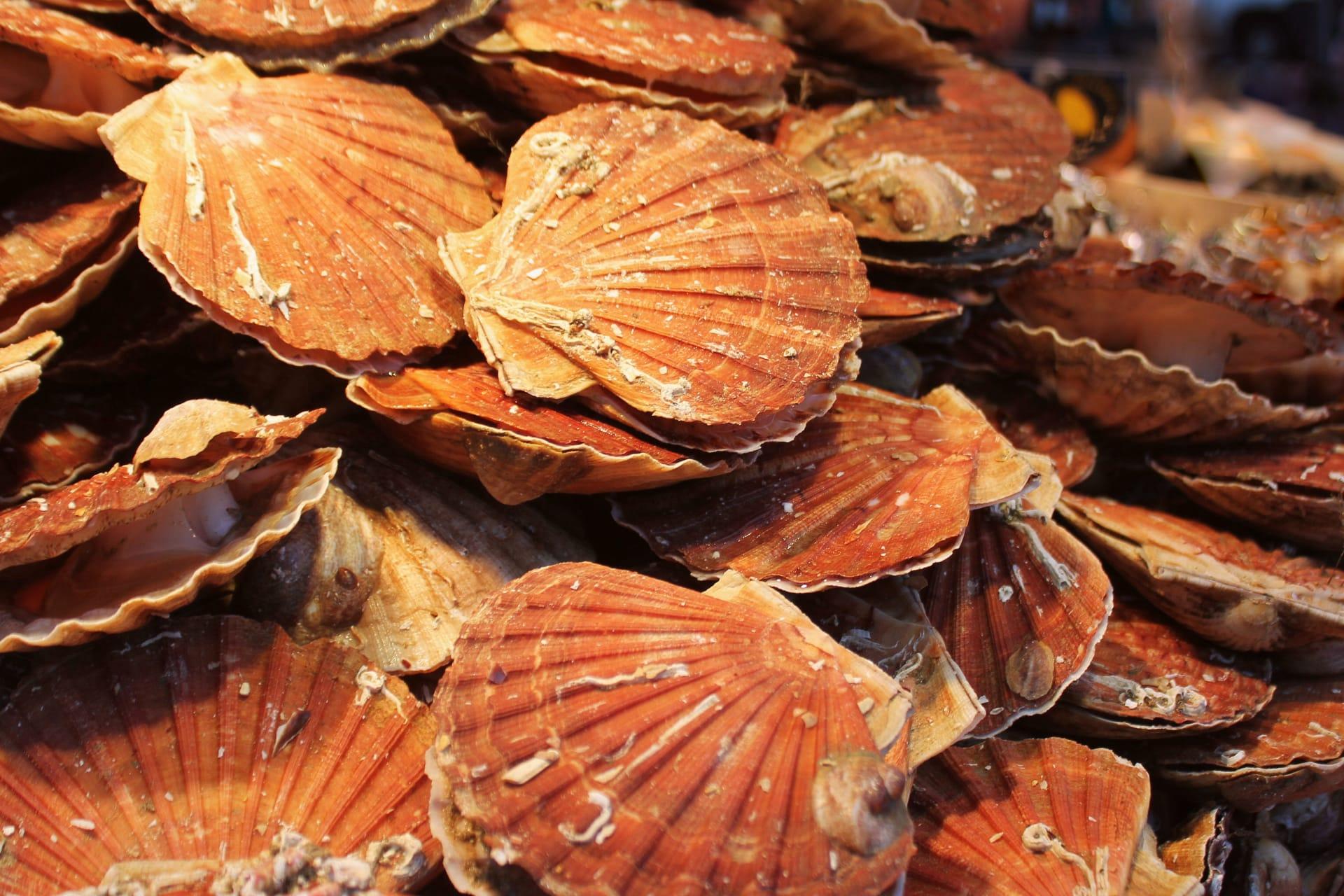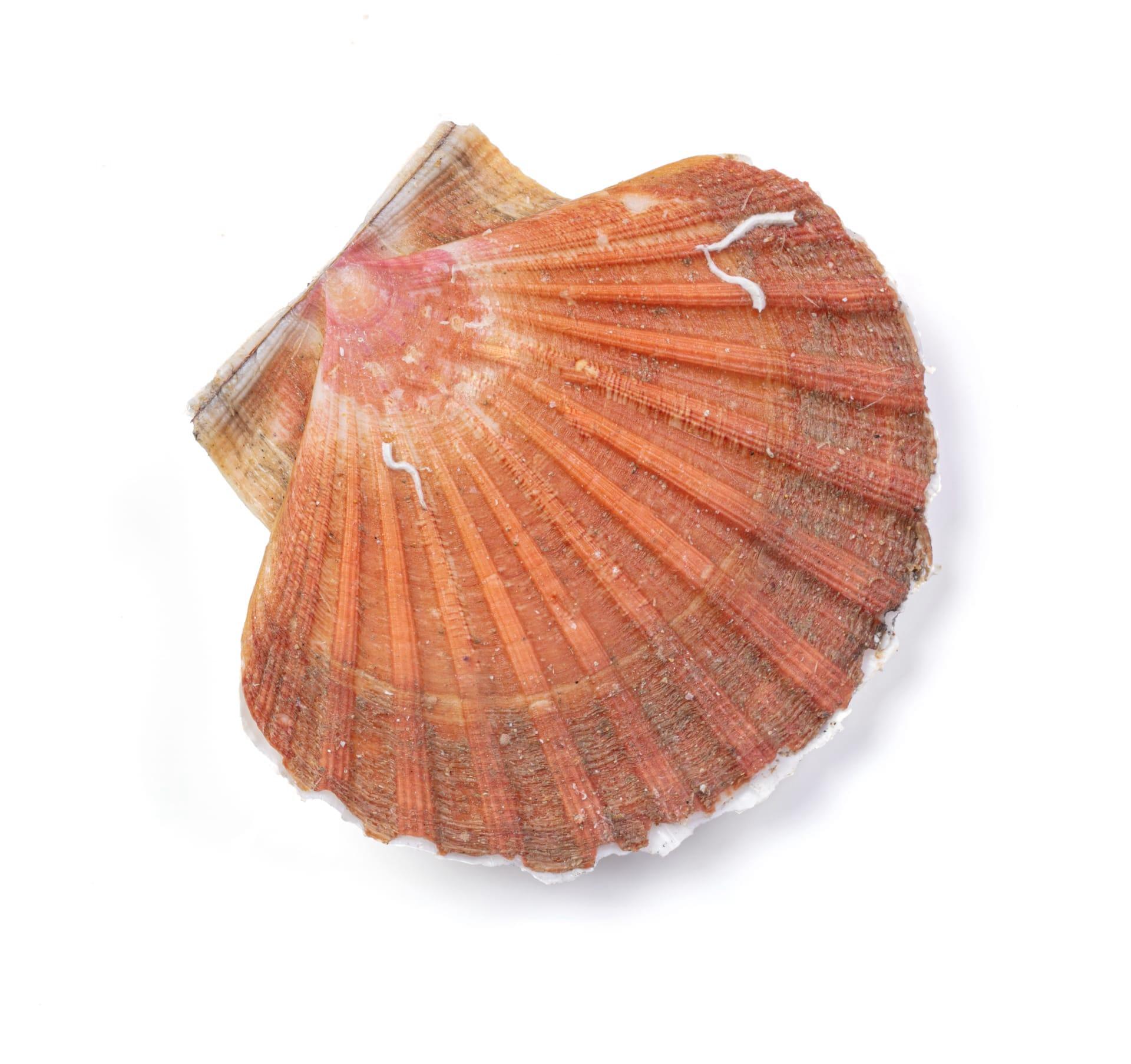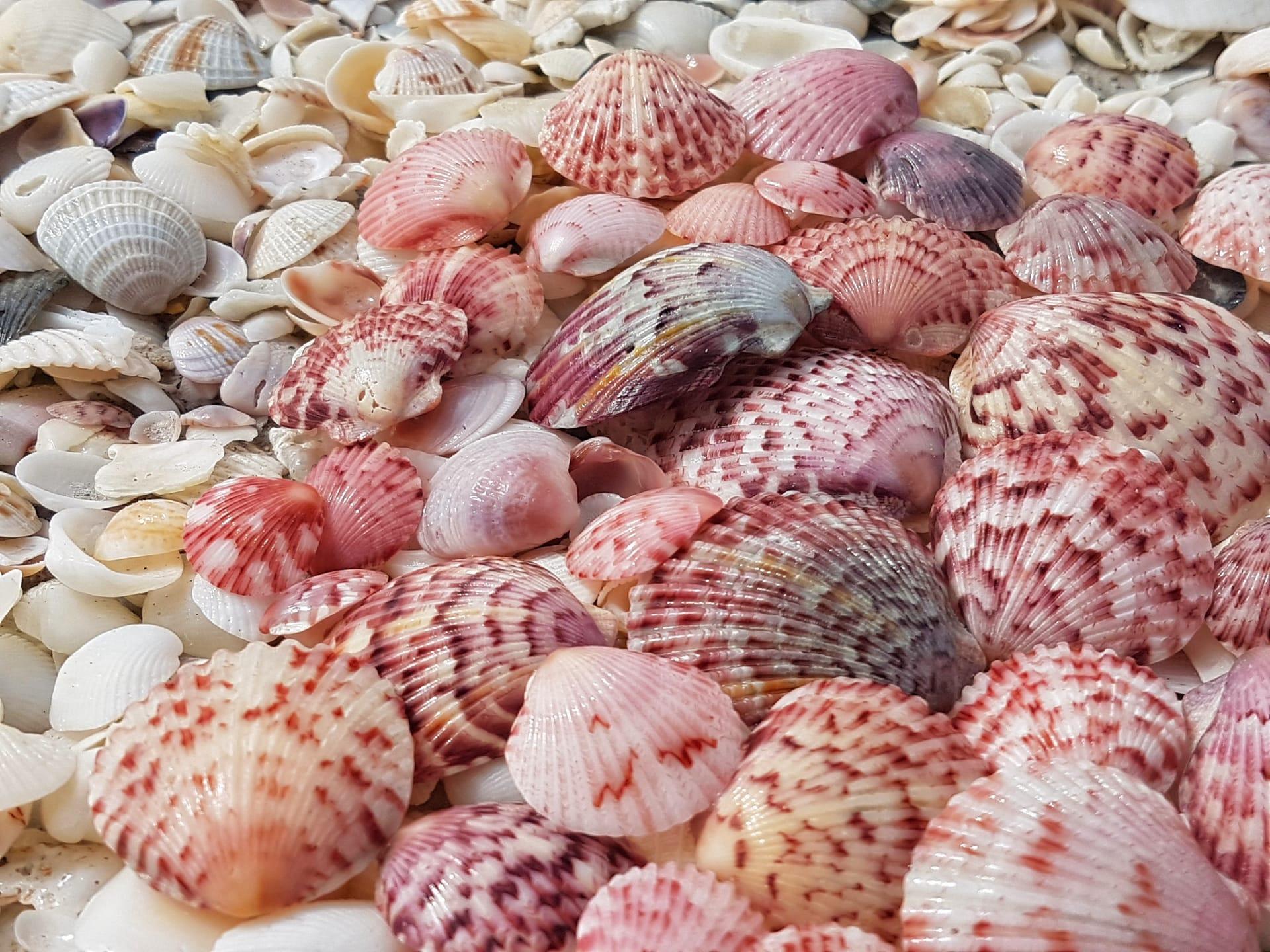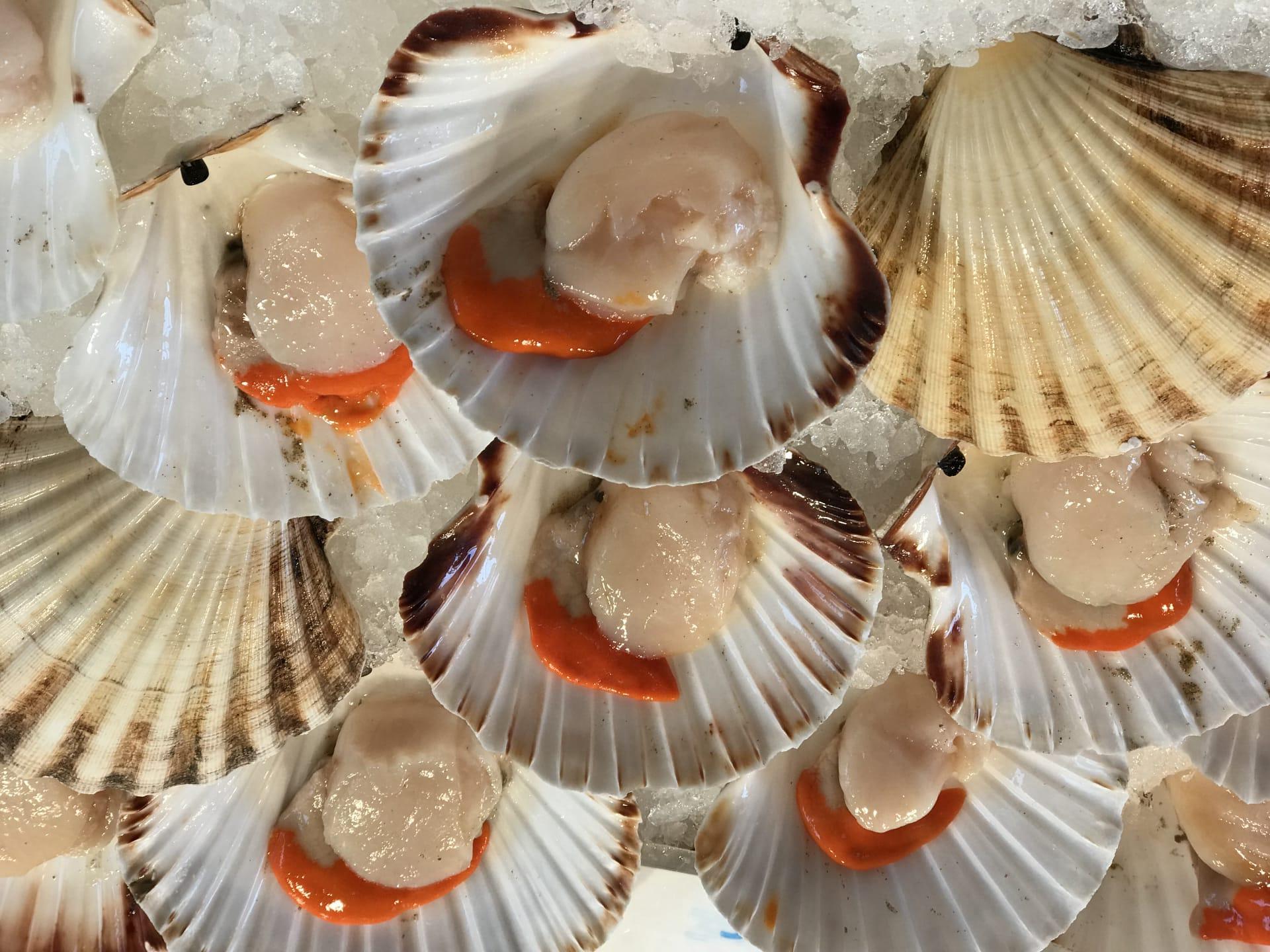Scallop Trivia
- Home /
- Trivia Question /
- Animal /
- Scallop Trivia
1
Question: How many eyes do scallops have, and what's unique about them?
Answer: Scallops have up to 200 tiny, blue eyes lining their mantle. These eyes, about the size of a pinhead, function by reflecting light with mirrors containing guanine crystals. This is unusual as most animals use lenses to focus light. These eyes can detect movement and light, helping scallops to avoid predators.
Question: What's the record for the largest scallop ever found?
Answer: The largest scallop ever recorded was about 9 inches across, discovered in the waters off Iceland. Typically, scallops range from 1 to 6 inches, but this giant scallop was a rare find, showcasing the potential size these creatures can attain under ideal conditions.

2
Question: Is it true that scallops swim by clapping their shells?
Answer: Yes, scallops swim by rapidly opening and closing their shells, which propels them through water. They do this by contracting their adductor muscle, causing a jet-like propulsion. This unique movement helps them escape predators and is not common among other bivalves.
Question: Do scallops really have a short lifespan?
Answer: Contrary to popular belief, scallops can live a long time. While many believe they only live for a year or two, some species of scallops can live up to 20 years. Their lifespan varies depending on their species and environmental conditions.

3
Question: How do scallops reproduce, and at what rate?
Answer: Scallops reproduce by releasing eggs and sperm into the water. A single female scallop can produce up to 270 million eggs per breeding season. After fertilization, the eggs develop into larvae and eventually settle on the ocean floor, growing into adult scallops.
Question: What role do scallops play in their ecosystem?
Answer: Scallops are essential for marine ecosystems. They act as filters, cleaning the water by consuming plankton and other small particles. A single scallop can filter up to 50 gallons of water per day, helping maintain water clarity and balance in their habitat.

4
Question: What's the primary diet of a scallop, and how do they eat?
Answer: Scallops primarily feed on plankton. They eat by filtering water through their gills, trapping plankton and other small particles. Their feeding process is vital for their survival and growth, and it contributes to maintaining the health of the ocean's ecosystems.
Question: Are scallops capable of regenerating their tissues?
Answer: Yes, scallops have remarkable regenerative abilities. They can regenerate lost or damaged tissues, particularly their adductor muscle, which is crucial for their survival. This ability is a key factor in their resilience in the ocean.

5
Question: Can scallops feel pain?
Answer: The question of whether scallops feel pain is complex. Scallops lack a centralized brain but have a nervous system. Current scientific understanding suggests they can react to harmful stimuli, but whether this equates to feeling pain as humans understand it is still debated.
Question: How are scallops affected by environmental changes?
Answer: Scallops are sensitive to environmental changes like water temperature, acidity, and pollution. Changes in these factors can affect their growth, reproduction, and survival. For instance, rising ocean temperatures and acidity can stress scallop populations, impacting their ability to reproduce and survive.